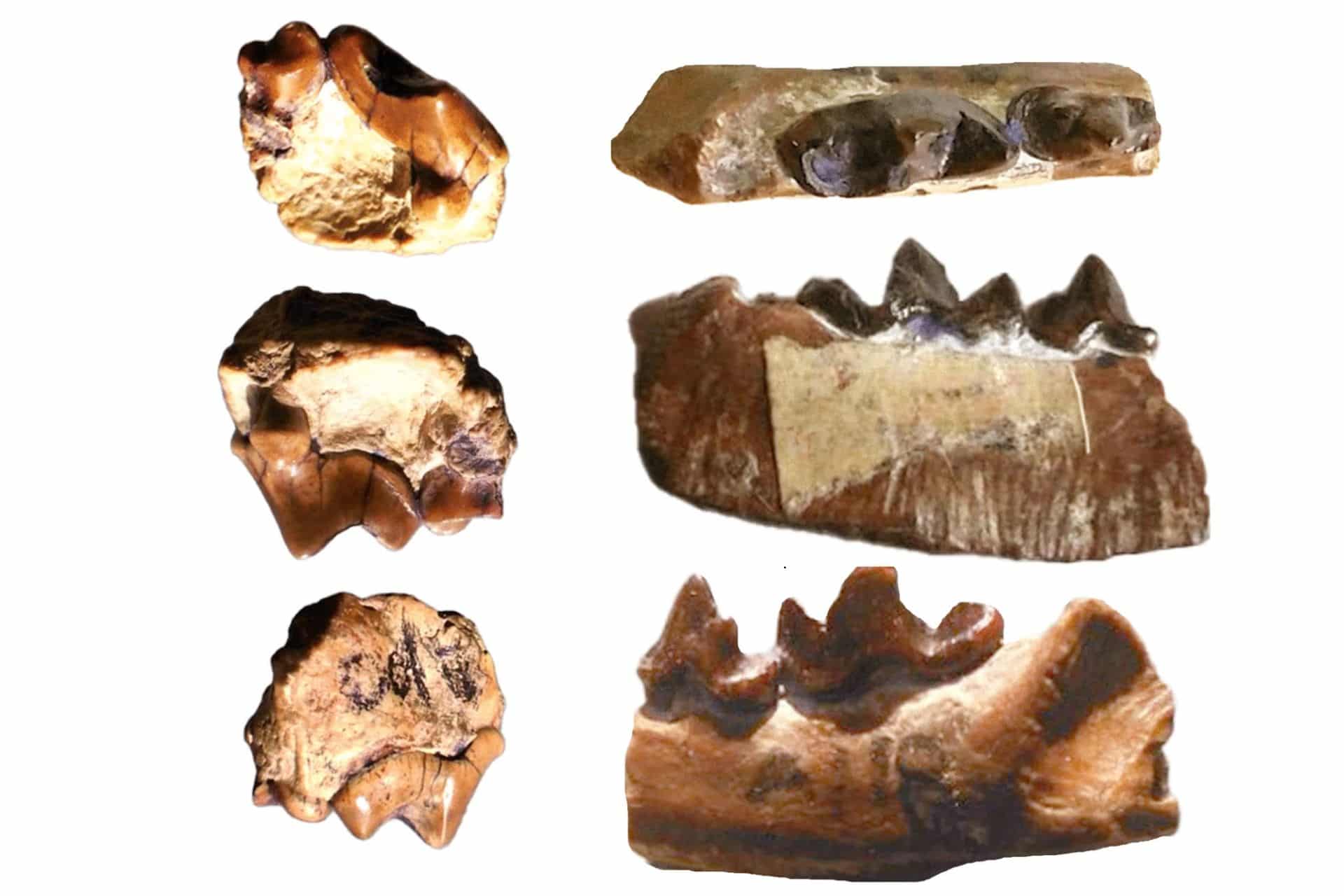

A new study of fossils has revealed important details about ancient carnivorous mammals that once roamed the base of the Himalayan Mountains in northern India.
Led by Dr. Steven Jasinski of Harrisburg University of Science and Technology, the research team studied fossil remains found in the Siwalik region, a stretch of hills that runs through parts of India, Pakistan, Nepal, and Bhutan. The fossils date back between 10 million and 4 million years ago.
The findings, published in the Journal of Mammalian Evolution, offer fresh insight into the types of carnivorous animals that lived during this time. The research included work from experts at the Paleo Research Society, the Paleo Museum, the University of Sialkot, and the University of the Punjab.
The Siwalik region is known for its rich fossil history. The area holds the remains of many extinct animals, including early forms of elephants, rhinos, horses, and monkeys. It also contains fossils of meat-eating mammals, or carnivorans, such as martens, wolverines, civets, and wild cats.
One focus of the study was the Haritalyangar area in northern India, where researchers uncovered partial skulls, jaws, and teeth. Among the key finds was the upper jaw of a rare animal called Martes lydekkeri, which resembles a modern-day marten.
The team also found rare fossils of a small wildcat and described two new species that had not been previously recorded.
One of these species, Circamustela bhapralensis, is the first of its kind found in the Indian subcontinent. It was about the size of a ferret and likely weighed between 1 and 2 kilograms. Older relatives of this animal were previously only known from Europe, suggesting it may have migrated to India more than 5 million years ago.

The second new species, Vishnuictis plectilodous, belonged to a civet-like group. It had unusual teeth, which suggest it consumed a wider variety of foods. It also stood out for its large size—possibly as big as a leopard and weighing over 100 kilograms.
“These new fossils are really giving us a better idea of what the ecosystems at the base of the Himalayas would have been like around 5 million years ago,” said Dr. Jasinski.
“Our research is helping us not only understand the biodiversity of our world but also providing crucial information for how our world has changed.”
Dr. Sayyed Ghyour Abbas of the University of Sialkot said the findings show evidence of ancient migration between Europe and Asia. “With the addition of fossil species previously known only from Europe and two new species of carnivorans, the mammals of the region and their taxonomy are more complex than we previously understood,” he said.
The research team hopes the future discovery of fossils of carnivorous mammals and others will provide even more details about this period in Earth’s history. They assert that studying the past could help scientists better understand how today’s environment might change in the future and how to protect it.
